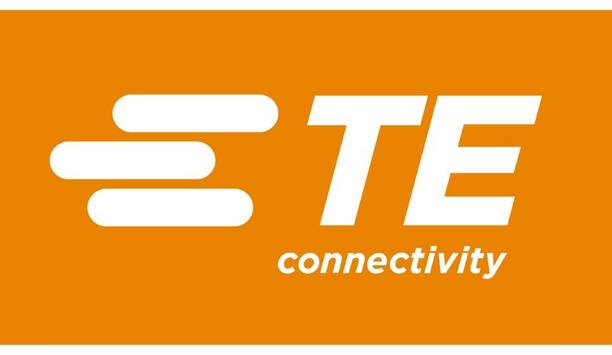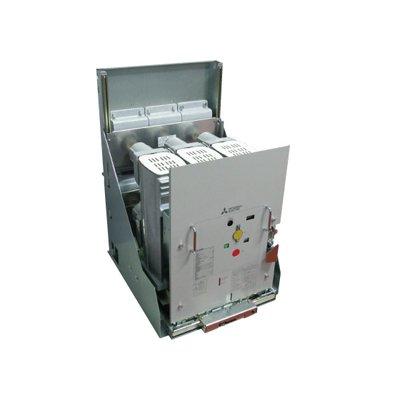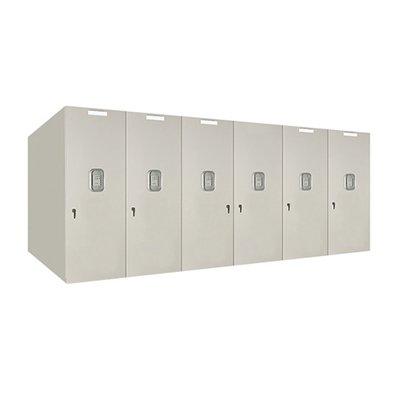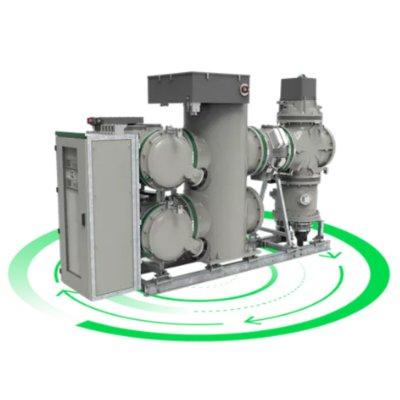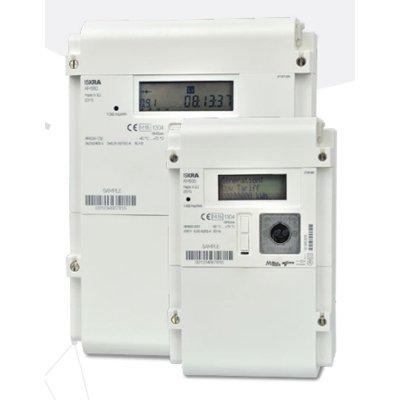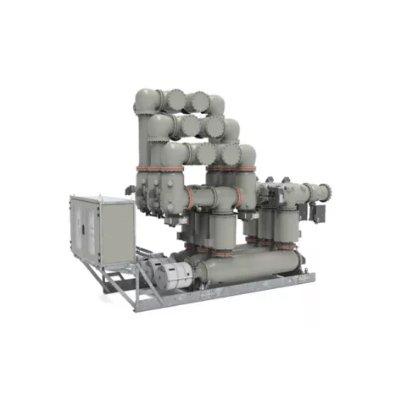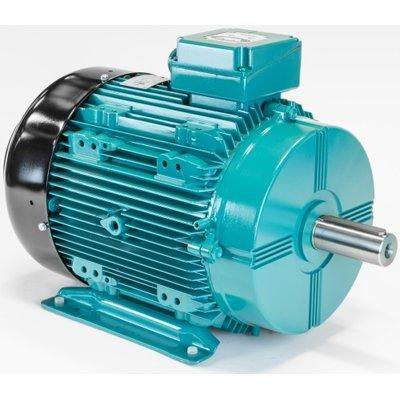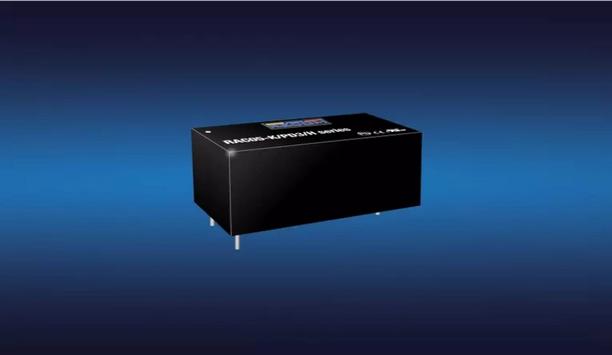5G base stations are set to grow exponentially in number along with associated energy consumption, so providing power efficiently is important.
This article discusses the subject and suggests some power module solutions that offer high power density and reliable performance in the base station environment.
Rollout of 5G
Rollout of 5G is well underway, with coverage on track for one-third of the world’s population by 2025, according to the GSMA. Major cell phone manufacturers have launched 5G-enabled phones, which will please those wanting to stream data and videos at up to the theoretical 50Gb/s maximum speed, and worldwide 5G subscriptions are forecast to reach 1.3bn by 2023, according to Statista.
5G underpins the technology behind artificial intelligence, cloud computing, autonomous vehicles, the IoT
However, 5G is much more than faster smartphones – it underpins the technology behind artificial intelligence, cloud computing, autonomous vehicles, the Internet of Things (IoT), smart cities and industry, and probably more yet-undreamed applications.
As a result, investment in new 5G infrastructure will be high, and network operators will be looking for the quickest possible return on what is projected by Statista to be 1.4 trillion dollars in telecom services spent in 2021 alone.
5G may eventually work at over 70GHz
5G infrastructure is not simply an upgrade to 4G; by its nature, at peak performance, 5G uses higher frequencies, and coverage is less, so more cells are required. Three bands are available: low, mid, and high, with the majority of installations using mid-band at 2.5 – 3.7GHz, at speeds up to 900Mb/s.
The low band uses similar frequencies to 4G with similar range and coverage, so it offers little extra benefit but may be used in low-traffic areas to achieve basic but wide coverage quickly. High band, eventually working at over 70GHz, yields the fastest data rates, but coverage is very limited, perhaps 1.5km, so it is preferred for public areas such as arenas, markets, and conference centers.
Traffic in these locations can be high, but base stations can be small and distributed around a restricted area with ‘beamforming’ techniques to provide good coverage.
coverage categories
Energy consumption is set to rise overall, with some reports predicting a doubling compared with 4G
Cells, therefore, fall into coverage categories ‘metro’, ’micro’, ‘pico’, and ‘femto’ with reducing power outputs and range, from a Multiple Input Multiple Output (MIMO) metro cell transmitting over 100W to a femtocell operating at milliwatt levels. The term ‘small cell’ is also used for the three smallest categories together.
With the increased throughput and number of base stations, energy consumption is set to rise overall, with some reports predicting a doubling compared with 4G. As energy is a major cost to network operators (5% to 6% with 4G according to MTN consulting [3]), there is extreme pressure to increase the efficiency of all elements in base station electronics.
RF PA stages are not very efficient
One particularly inefficient stage in a base station is the RF power amplifier (Figure 1), which traditionally has used LDMOS devices that can generate kW up to a few GHz. However, in pursuit of better efficiency at the higher frequencies of 5G, gallium nitride (GaN) devices that suit the lower power/higher volume small-cell installations are increasingly used.
LDMOS is typically powered from 26-32V DC rails while GaN uses 50-60V. The efficiency of an RF PA is still not high, at around 60% maximum, so every watt saved in generating the power rails from a battery-backed system supply, perhaps at 48V, is valuable.
RPA150E series
RPA50E can deliver 150W continuously and up to 200W peak power to supply the output RF power amplifiers
The RPA150E series is a suitable DC/DC converter for a 5G power amplifier stage. It is galvanically isolated, so the input voltage can be a typical telecom -48VDC or -24VDC supply while the output is positive concerning ground (Figure 1).
The RPA50E can deliver 150W continuously and up to 200W peak power to supply the output RF power amplifiers and the nominal output voltage can be trimmed by ±20% to supply the optimum supply voltage for maximum efficiency. The 1/8th-sized brick format has a very small footprint for the rated power, and the baseplate cooling allows high-temperature operation without derating.
quiescent power
An important feature of DC/DC converters in 5G applications is to have low quiescent power draw and the ability to be set into a low-power shutdown mode.
Unlike 4G, which continually transmits system information and synchronization/reference signals even with no user traffic, 5G has defined advanced ‘sleep’ modes (ASMs) that are used to minimize average power consumption.
Power savings
RPA150E is also ideal for use with battery-powered supplies, having a conversion efficiency of >91%
Power savings are traded against latency but the gains of around 50% are extremely attractive. Having low-power shutdown features in the system DC/DC converters is therefore important.
The RPA150E is also ideal for use with battery-powered supplies, having a conversion efficiency of >91% and a standby consumption of only 3mA.
Envelope tracking
‘Envelope tracking’ is increasingly used to vary the RF PA supply voltage to match the amplitude of the modulating signal to increase system efficiency, but this must operate at MHz rates, so any dynamic output voltage adjustment function of a DC/DC converter cannot be fast enough.
An external envelope tracking circuit using GaN transistors for high-speed dynamic tracking can be easily implemented to pulse the drain current to the RF amplifier (Figure 1).

Figure 1: Typical 5G base station RF stage with envelope tracking for maximum efficiency (only one channel of a MIMO shown)
digital and analog electronics needing power
The input voltage to the PoL may be a system 48V or more likely, a regulated ‘intermediate bus’ at typically 12V
Other electronics in a base station are a mixture of low-noise analog signaling and digital processing, using familiar components such as CPUs, FPGAs, SoC devices, ADCs, DACs, and more.
These components require voltage rails that might range from +5V for a DAC down to sub 1V for a processor or FPGA and typically employ non-isolated point of load converters (PoLs) or ‘power modules’ to provide an accurate, low-noise voltage right at the load. The input voltage to the PoL may be a system 48V or more likely, a regulated ‘intermediate bus’ at typically 12V.
Isolated DC/DC converters
Isolated DC/DC converters and power modules in 5G base stations often operate in a difficult environment with potential temperature extremes, transients from lightning strikes and other equipment, high RF fields, and all in the smallest enclosure at the lowest acquisition cost.
Reliability is paramount to avoid unnecessary maintenance expenses and electrical efficiency must be high to keep energy costs low and the burden of heat generation on other components minimized. Non-isolated power modules are also featured in the RECOM portfolio with ultra-compact, high-efficiency parts using the company’s ‘3D power packaging’ technologies.
RECOM RPX-1.0 and RPX-1.5 series
The RECOM RPX-1.0 and RPX-1.5 series have a minimal 3 x 5mm footprint in a low-profile QFN package. The part uses flip-chip technology for extremely high power density, with 1A or 1.5A rated output, adjustable from 0.8-30V, for input voltages from 4-36V. With only a slightly larger footprint (4 x 4.5mm), the RPX-2.5 offers a 2.5A output current.
If component height is not so restricted, the RPX-4.0 offers 4A output current in a compact 5 x 5.5 x 4.1mm package. All of these converters are complete with integrated inductors and full protection (UVLO, SCP, OCP, OTP), requiring only output voltage setting resistors and input and output capacitors to form complete power supplies.

Figure 2: The RECOM RPX series power module is tiny but rated at up to 4A output
voltage range
The maximum continuous output current is 3A - impressive for a converter which is only 3 x 3 x 1.45mm small
At higher output currents, up to 6A, the RPM series is suitable, with an input voltage range of 4-15V and output adjustable from 0.9-6V. Efficiency peaks at 99%, allowing the part to operate reliably in ambient temperatures of up to 90°C without forced air cooling.
If board space is very restricted, the RPL-3.0 series is ideal. The input voltage range is 4-18 VDC, and the output voltage can be adjusted to anywhere between 0.8 VDC and 5.2 VDC. The maximum continuous output current is 3A - impressive for a converter that is only 3 x 3 x 1.45mm small.
protection and monitoring
All the parts mentioned include comprehensive protection and monitoring, including a shutdown control for energy saving when a 5G base station is in a sleep state. Figure 3 summarizes the power ranges available.

Figure 3: Sub-miniature LGA power module ranges available from RECOM
communications performance
5G promises huge improvements in communications performance, opening up many new and exciting applications. System designers however are aware that energy consumption must be minimized for 5G to be viable and for minimum environmental impact.
The use of reliable power converters with high efficiency and power density which are rated for the difficult base station environment are key enablers to achieve this. RECOM can support the application with a wide range of suitable converters.


